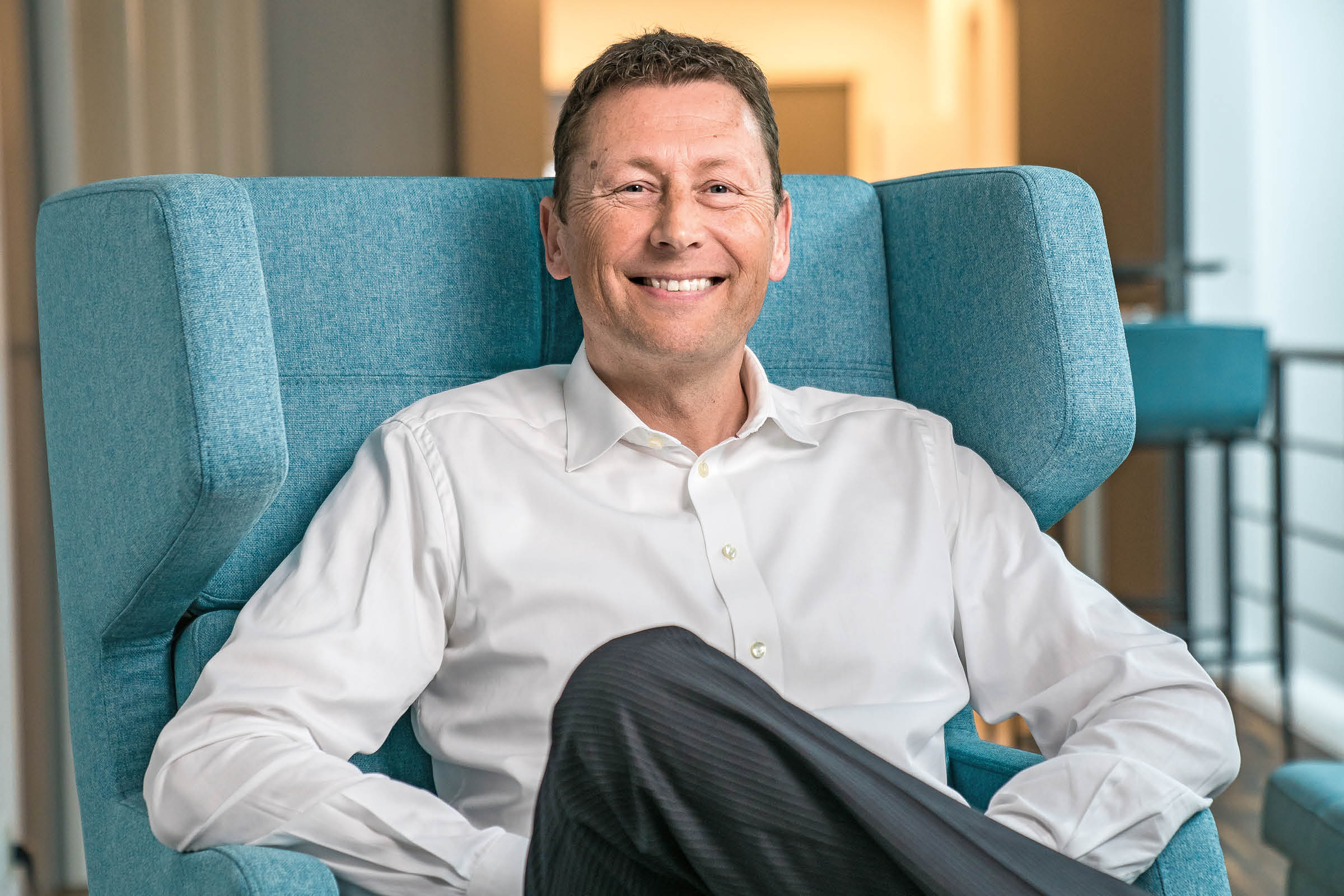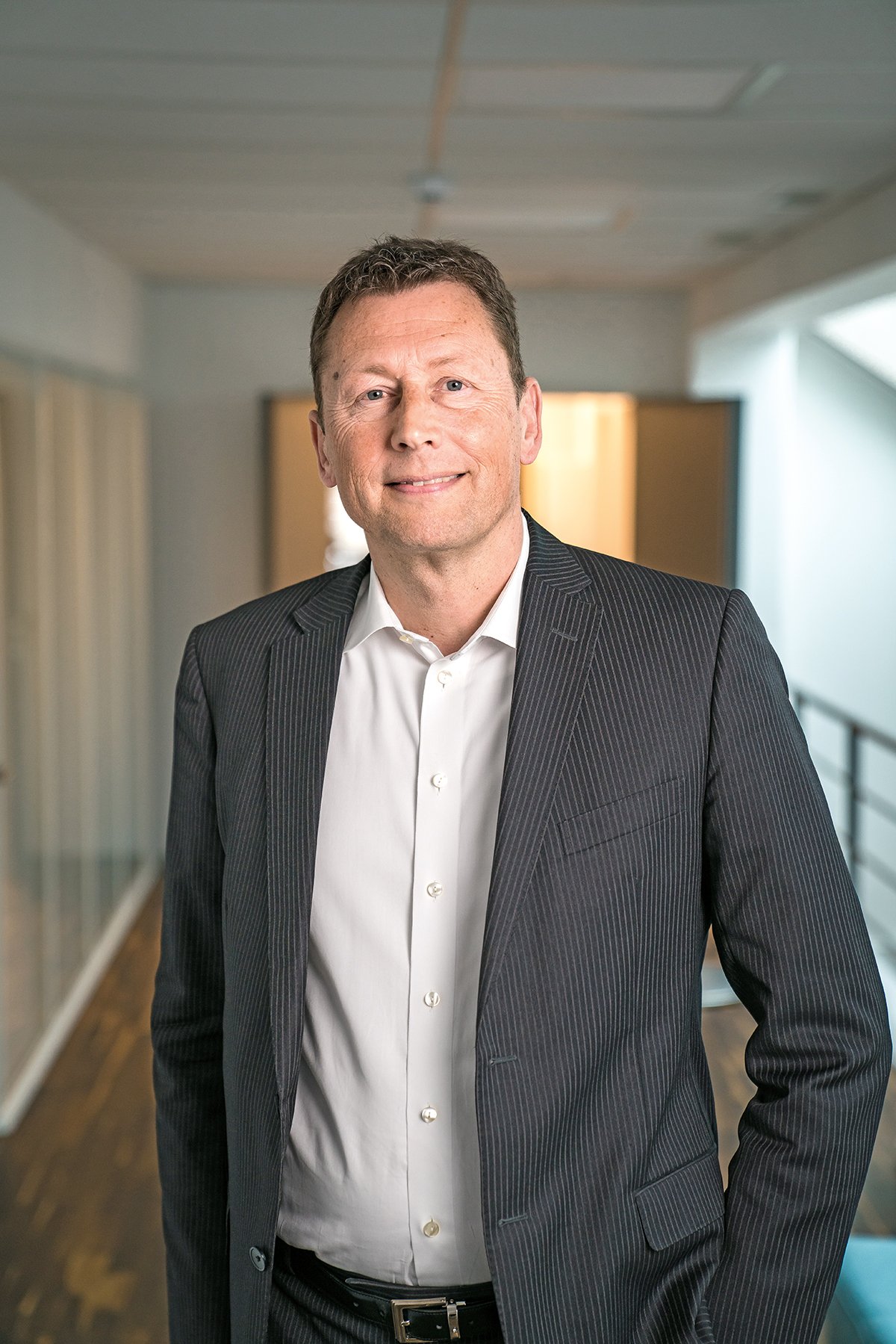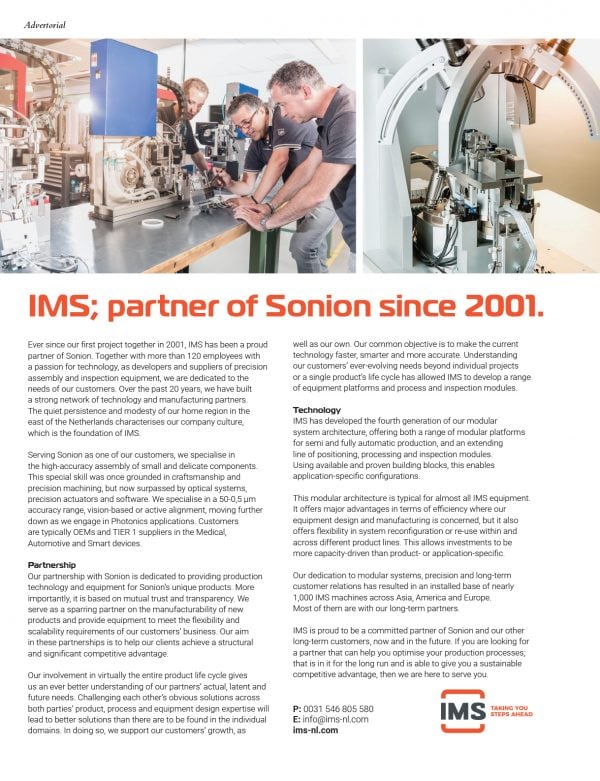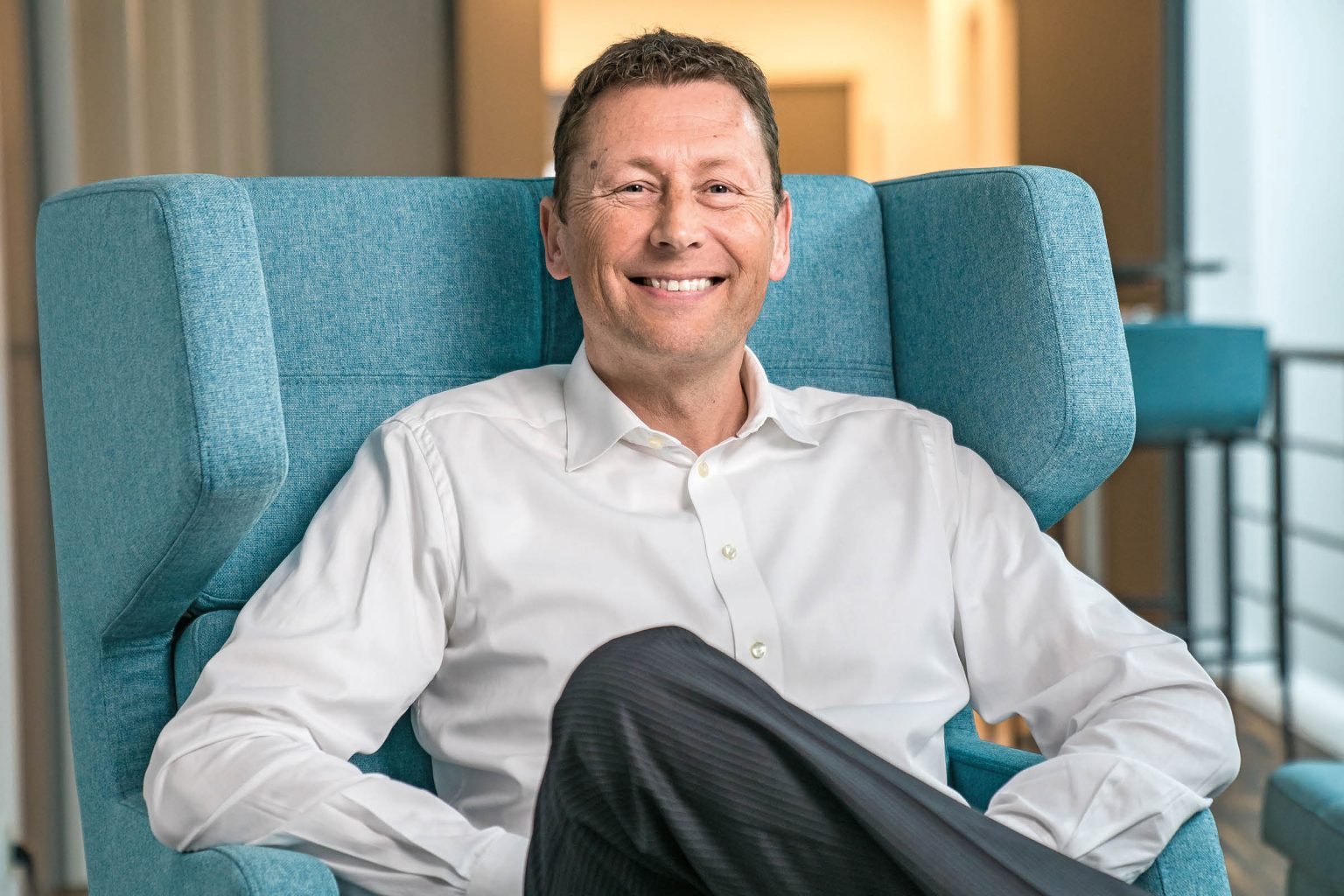When Niels Svenningsen first saw the components that make up the hearing aids produced by Sonion, where he is CEO and President, he thought he’d missed something. He said to himself, “No, that thing cannot make a sound.”

The parts were just too small. But not only did the microcomponents make sound, they also made excellent-quality sound, the result of decades of research into improving the quality of life for hearing-impaired people across the world. In the hearing aid business, doing more with less space adds value and Sonion is always pushing for improvements here.
“This is where we are differentiating. We can make them so small that we do them under a microscope,” Niels says. “We have deep knowledge in sound and microcomponents, and these two things are very important to link together. There are a lot of companies in the world that can do sound, but doing sound quality in a microcomponent that takes up very little space while still giving good sound – that is not something every company can do, and this is our core.”
Reliable quality
Founded in 1974, Sonion has around 40 million yearly customers, and sales offices in Denmark, China and the US. Niels joined Sonion in April 2020, bringing with him extensive experience in computer technology with a background in programming and engineering. Before taking this role, he was CEO of the wireless headset company Jabra, and he has also worked at IBM and HP.
It’s one thing to innovate, but you also have to produce and send it to market. It all needs to be combined, and that’s not a walk in the park.
Niels has some personal experience with the industry Sonion operates in – his mother-in-law has been hearing impaired since the age of 10. Because they are medical products, Sonion’s devices must also meet extremely high standards for safety and quality. It is simply not an option for them to break.
What’s more, they need to have a long battery life and consume small amounts of energy. “Without this high quality and reliability, this functionality and our critical customer support, we would not survive,” he reveals. When it comes to supplier and customer relationships, Niels sees a long-term outlook as crucial.
“We cannot have short-term relationships in this industry because it takes so long to get things to work on different platforms,” he explains. “It is super important that we integrate as closely as possible with each other.”
Niels’s IT background means he is well prepared to help the company move into the fast-paced and innovative earbuds market. The company is already using its expertise in microcomponents to supply parts for headphone manufacturers. With the earbuds market set to be worth around €42 billion by 2025, the opportunity for Sonion is enormous.

“We see this as an opportunity that could, if we’re lucky, double, triple or quadruple the company if we get it right,” Niels says. “The technology market in the earbuds space is moving extremely fast – you see companies launching new products basically every day. The biggest challenge will be to innovate fast enough for the market. That’s really challenge number one, two and three.”
Name of the game
There is little doubt that Sonion can innovate – and do so on time – but to profit from earbuds, the company needs to move millions of units and must therefore always be ready to manufacture and deliver at scale.
“It’s one thing to innovate, but you also have to produce and send it to market. It all needs to be combined, and that’s not a walk in the park,” Niels concedes. To achieve that, Niels is setting internal targets.
“You can’t just say, ‘I want faster innovation’ – it doesn’t work like that. You also need to have a process and look at how you integrate with your customers. That will be the challenge for us. It’s going to be the name of the game,” he says. “It’s going to be fun as well.”
Proudly supported by:




